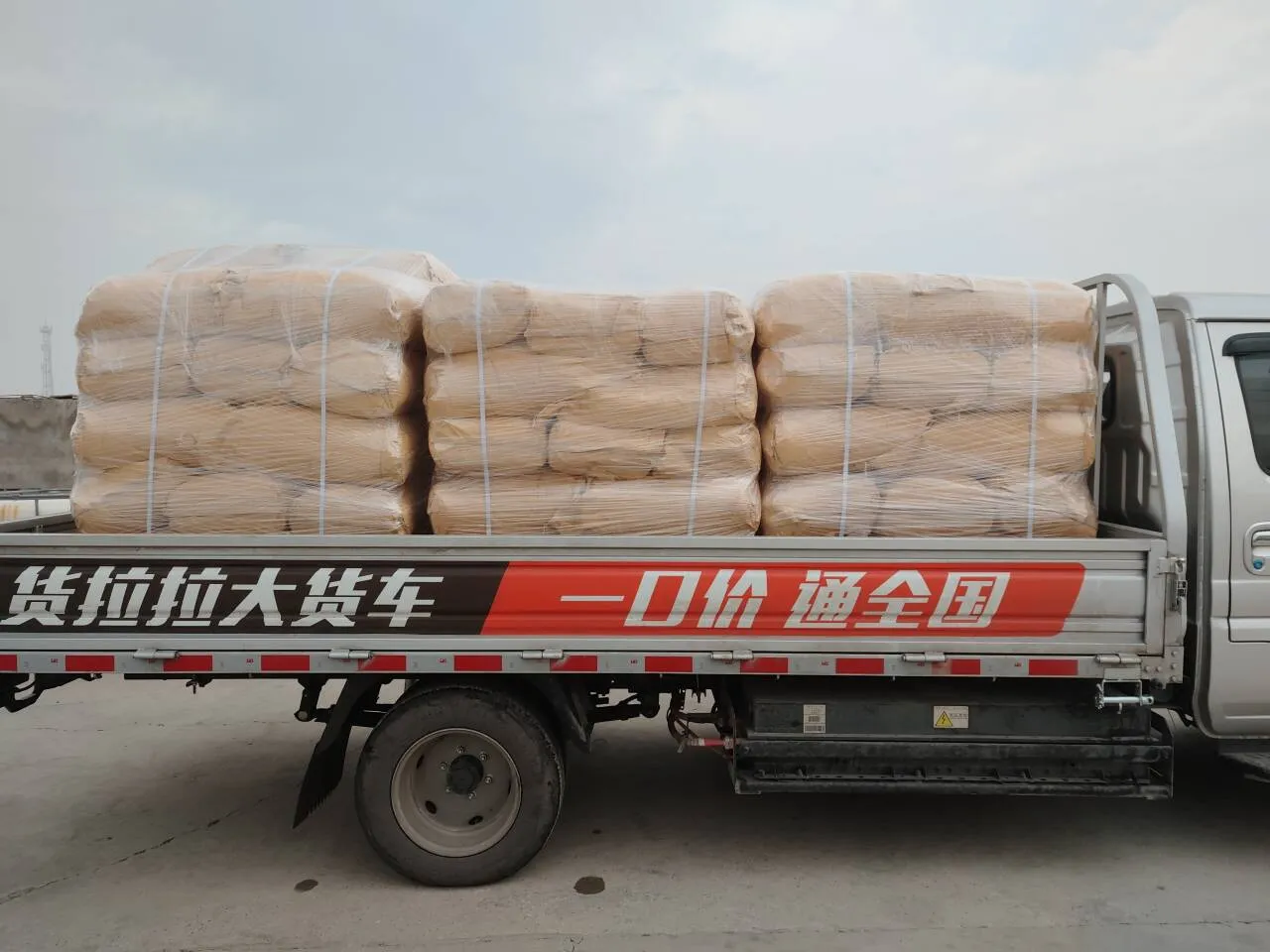- Fundamentals of Polyacrylamide Formation Chemistry
- Distinct Properties of Nonionic Polyacrylamide
- Industrial Applications of Anionic Polyacrylamide
- Technical Advantages and Comparative Analysis
- Supplier Landscape for Polymer Solutions
- Custom Formulation Development Process
- Demonstrated Success Cases in Wastewater Treatment

(polyacrylamide formation)
The Essential Chemistry Behind Polyacrylamide Formation
Polyacrylamide formation involves radical polymerization where acrylamide monomers undergo initiation, propagation, and termination phases. Precise temperature control between 25-50°C and specific redox initiators like ammonium persulfate determine polymer chain length and molecular weight. This synthetic process creates a versatile water-soluble polymer backbone amenable to chemical modifications for creating cationic, anionic, or nonionic variants. Industrial reactors utilize nitrogen blanketing during the 5-8 hour reaction to prevent oxygen inhibition that prematurely terminates polymerization at 300,000-25 million Dalton ranges.
Nonionic Polyacrylamide Characteristics
Nonionic polyacrylamide (NPAM) contains less than 2% ionic groups, making its performance insensitive to pH fluctuations and dissolved salts. With viscosity enhancements reaching up to 7,000 mPa·s at 0.1% concentration, NPAM serves as an excellent binder and thickener. Key parameters include:
- Charge density: 0-1 mole %
- Molecular weight distribution: Narrow (Ð=1.5-2.0)
- Cloud point: 90-95°C (higher than ionic counterparts)
Primary applications include paper strengthening where it increases tensile strength by 35%, ceramics manufacturing for particle suspension stability, and textile sizing where it reduces warp breakage rates by up to 50%.
Versatile Applications Across Water-Intensive Industries
Anionic polyacrylamide (APAM) accounts for 65% of global PAM consumption due to its effectiveness in water clarification and mineral processing. Municipal wastewater plants utilize medium-anionic variants (15-30% charge density) to achieve sedimentation rates of 2.5-3.5 m/h, reducing clarifier footprints by 40%. In mining, high-molecular weight APAMs (>18 million Daltons) recover 92-97% of target minerals through flocculation. Enhanced oil recovery operations inject partially hydrolyzed APAM solutions (8-20% hydrolysis) to increase oil yields by 12-25% while reducing water cut.
Comparative Technical Advantages
Polyacrylamide formulations provide superior performance versus conventional coagulants. Key differentiators include:
| Parameter | Inorganic Coagulants | Cationic PAM | Anionic PAM | Nonionic PAM |
|---|---|---|---|---|
| Optimal pH Range | 5.0-7.0 | 4.0-10.0 | 7.0-10.0 | 2.0-12.0 |
| Dosage (ppm) | 50-150 | 0.5-2.5 | 0.2-1.0 | 1.0-5.0 |
| Sludge Volume Reduction | 0% | 35-50% | 25-40% | 20-35% |
| Turbidity Removal (%) | 70-85 | 90-98 | 92-99 | 85-95 |
Field data demonstrates that optimized polyacrylamide formation
yields floc sizes averaging 1.5-3mm compared to 0.5-1mm for inorganic alternatives, enabling faster settling rates in clarification systems.
Supplier Performance Benchmarks
Leading manufacturers differentiate through production methods impacting polymer efficacy:
| Producer | PAM Type | Production Scale | Chain Length Consistency | Residual Acrylamide |
|---|---|---|---|---|
| Global Manufacturer A | Anionic (Powder) | 50,000 MT/year | ±4% | ≤0.02% |
| Supplier B | Emulsion (Cationic) | 15,000 MT/year | ±7% | ≤0.05% |
| Specialty Producer C | Nonionic (Beads) | 5,000 MT/year | ±2% | ≤0.005% |
Continuous polymerization reactors deliver better molecular weight control compared to batch systems, reducing standard deviation in chain length from 8% to below 3%.
Customization Methodologies
Polyacrylamide solutions are engineered to site-specific challenges through a four-stage development protocol. First, water quality analysis determines ion concentration (Ca²⁺, Mg²⁺, Fe³⁺) that influences polymer conformation. Second, jar testing evaluates charge neutralization efficiency at varying shear rates. Third, pilot trials validate formation characteristics under operational conditions. Finally, manufacturing specifications adjust:
- Monomer concentrations (15-35% aqueous solutions)
- Chain transfer agents for molecular weight targeting
- Co-monomer ratios for tailored charge densities
Steel mills have implemented custom NPAM/APAM hybrids with 22% cationic charge to treat rolling emulsion waste, achieving COD reduction from 4,500 mg/L to 350 mg/L at 1.8 kg/ton dosage.
Demonstrated Industrial Applications
Municipal treatment facilities employing advanced polyacrylamide formation protocols report 25% lower operating costs versus ferric chloride alternatives. A Chinese wastewater plant serving 800,000 residents documented these outcomes after polymer optimization:
- Sludge dewatering cycles reduced from 12 to 8 hours
- Cake solids increased from 18% to 32% by weight
- Disposal costs lowered by $220,000 annually
In oil sands extraction, modified anionic polyacrylamide formulations increased tailings consolidation rates by 60%, accelerating reclamation timelines. Mining operations using charge-modified PAMs achieved 96.5% copper recovery from low-grade ores, demonstrating how targeted polymer chemistry addresses industry-specific solid-liquid separation challenges.

(polyacrylamide formation)
FAQS on polyacrylamide formation
Q: What is polyacrylamide formation?
A: Polyacrylamide formation refers to the polymerization process where acrylamide monomers chemically bond to create high-molecular-weight polymers. This typically occurs via free radical initiation under controlled conditions for applications like wastewater treatment.
Q: How is nonionic polyacrylamide different?
A: Nonionic polyacrylamide is synthesized without ionic groups, using pure acrylamide monomers in the formation process. It is non-charged, making it ideal for flocculation in pH-neutral environments like soil stabilization.
Q: What are anionic polyacrylamide uses?
A: Anionic polyacrylamide is primarily used as a flocculant for mineral processing and water clarification due to its negative charge. It effectively binds suspended particles in industrial sludge dewatering and paper manufacturing.
Q: How does anionic polyacrylamide form?
A: It forms by copolymerizing acrylamide with anionic monomers like acrylic acid during the polymerization reaction. This introduces ionic charges that enhance its binding capacity for specific uses in treatment systems.
Q: Why control polyacrylamide formation?
A: Controlling factors like temperature and initiator concentration ensures optimal molecular weight and efficiency. This precision directly impacts the performance of both nonionic and anionic types in applications like oil recovery or effluent management.

